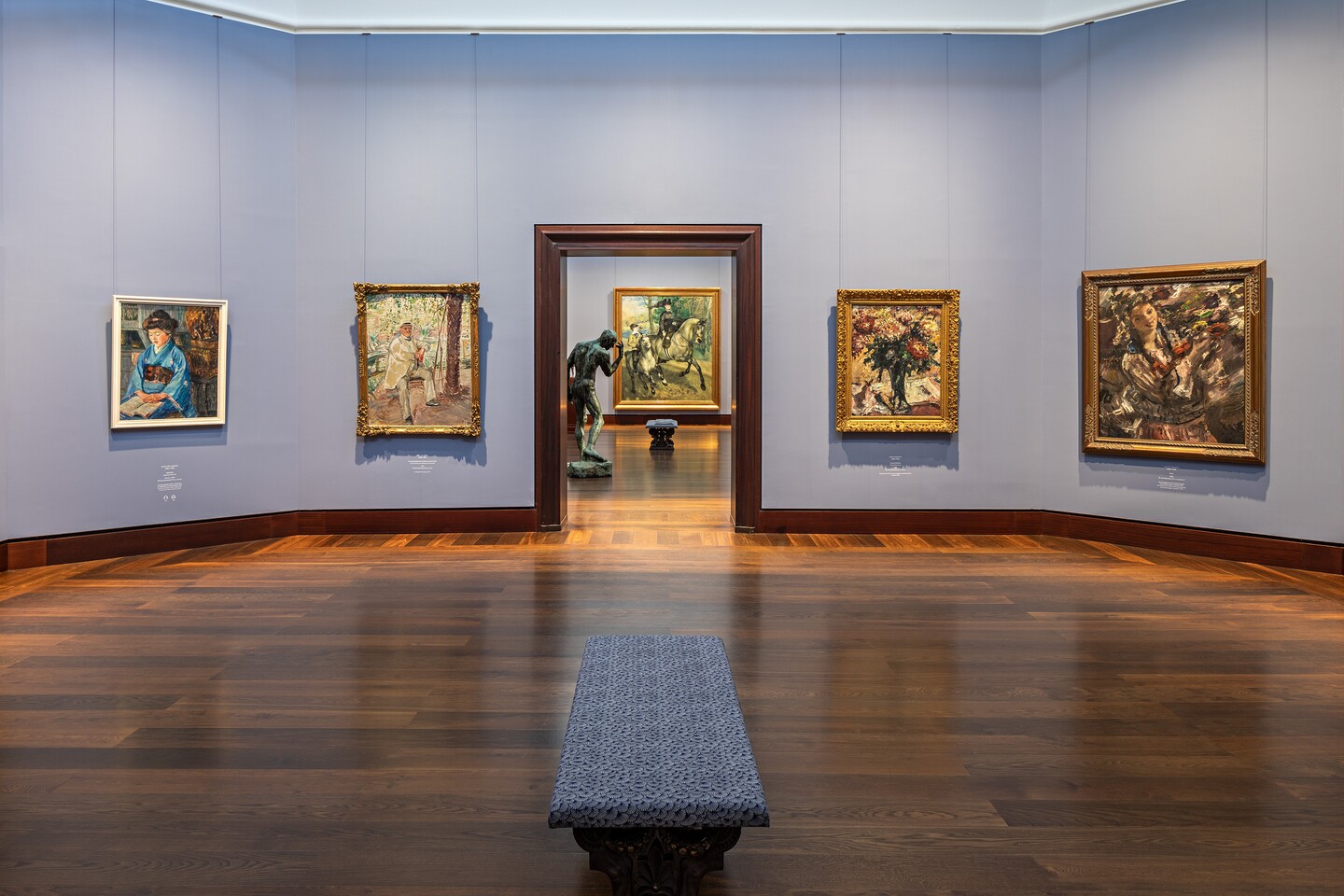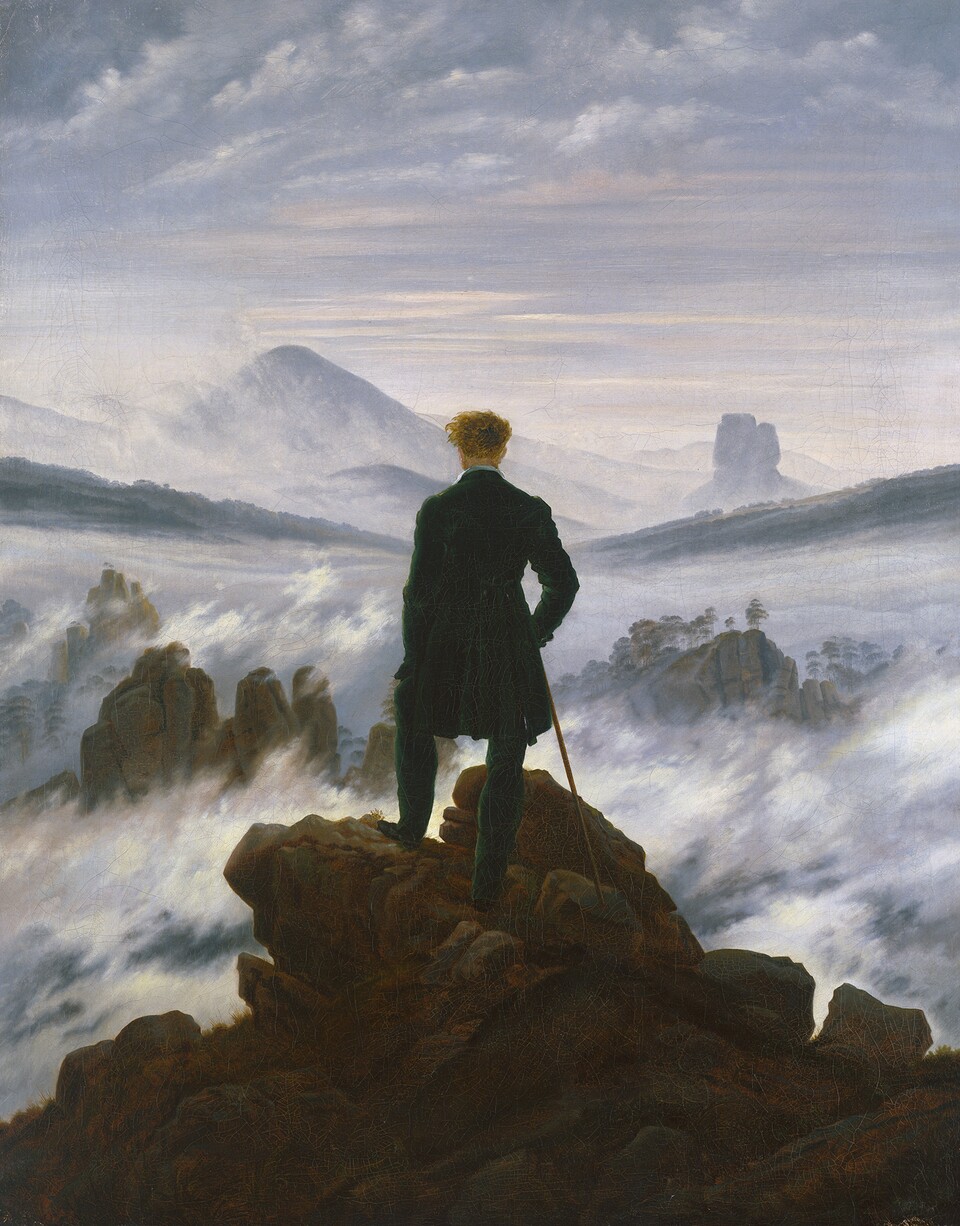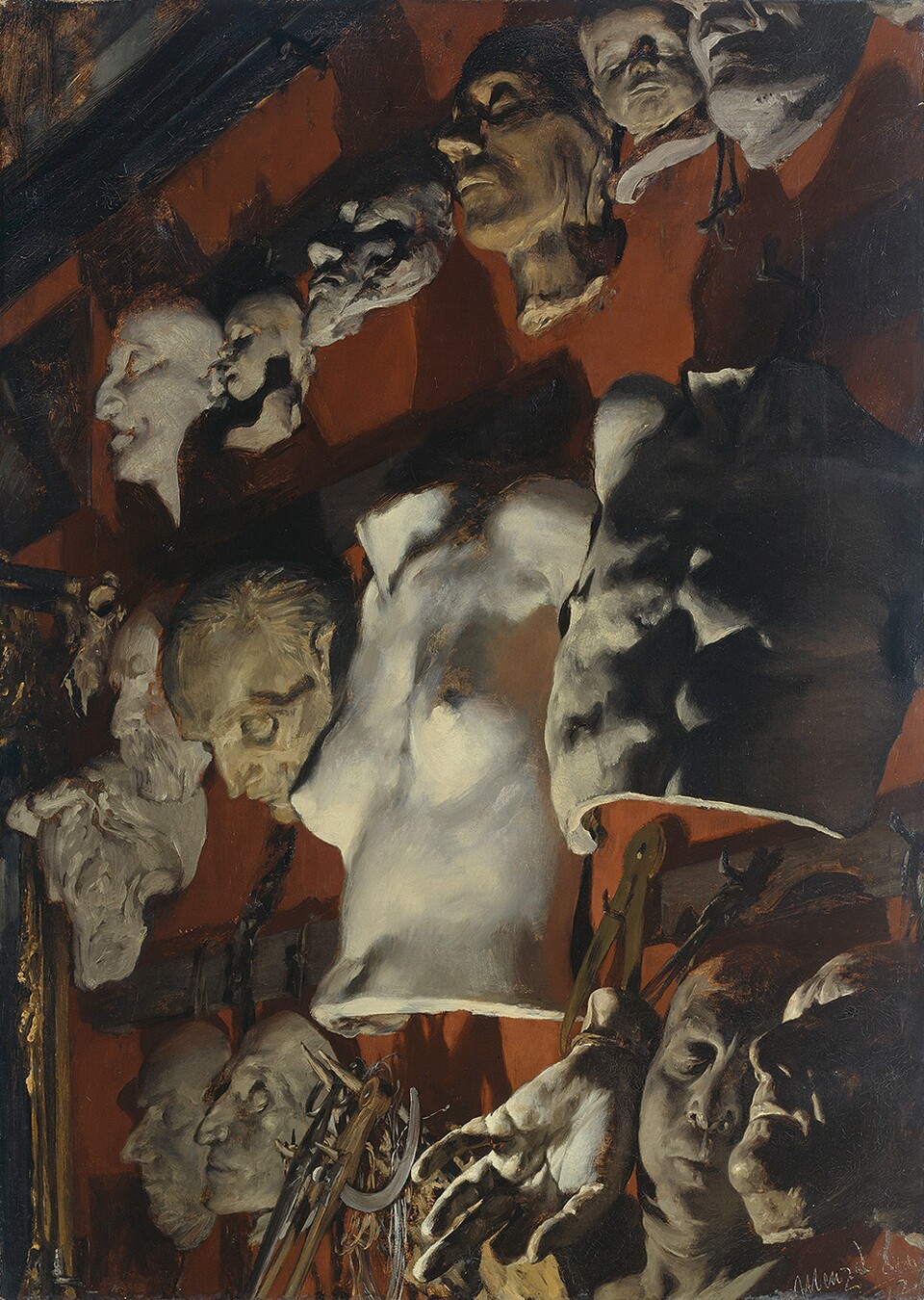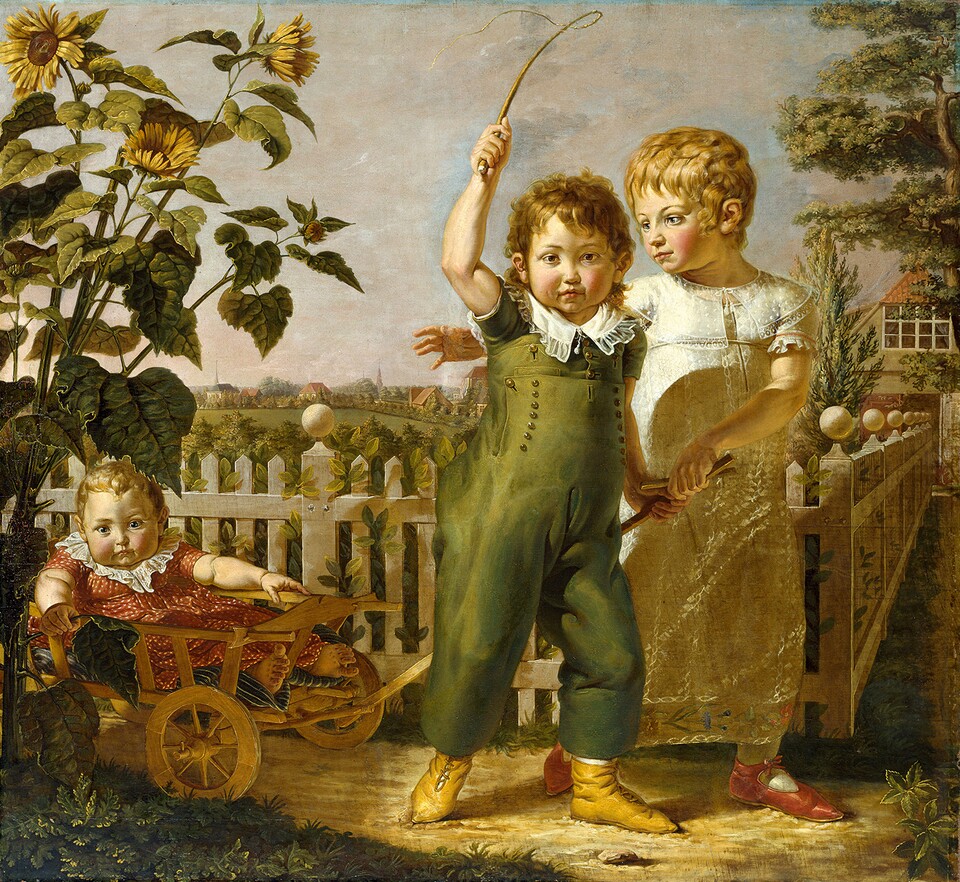Nineteenth Century
Head of Collection
Dr Markus Bertsch
The Kunsthalle’s holdings of 19th-century art contain one of the most outstanding collections of its kind in Germany. Important individual works and key groupings of paintings enable the visitor to follow clearly the central developments of this eventful period in art history. For German painting, this is achieved with almost no gaps whatsoever. Starting from the origins of the modern period in Classicism and Romanticism, the arc spans from Realism and Naturalism to Impressionism, touching on contemporaneous salon painting, and finally ending with Symbolism.
The museum has exceptionally extensive holdings of paintings by Caspar David Friedrich, Philipp Otto Runge, Adolph Menzel, Wilhelm Leibl and Max Liebermann, including numerous major works. Another special focus of the 19th-century collection is French painting, with works by Jean-Baptiste Camille Corot, Gustave Courbet, Édouard Manet, Edgar Degas, Claude Monet, Pierre-Auguste Renoir, Paul Cézanne and Paul Gauguin.
In the early years of the Hamburger Kunsthalle, which opened in 1869, there was no systematic plan to build the collection to speak of. This changed in 1886, when Alfred Lichtwark became the museum’s first director and began pursuing an acquisition
policy that imparted the essential contours to the Kunsthalle’s 19th-century holdings. In many ways that character still defines it today. Lichtwark rediscovered the founding figures of early northern German Romanticism – Philipp Otto Runge and Caspar David Friedrich – and secured many of their paintings for the collection. At the same time, he sought out works of the French avant garde of his own day, while supporting German Impressionism and assembling an extensive collection of works by Max Liebermann. He went further than merely collecting, inviting to Hamburg such German artists as Liebermann and renowned artists from abroad like Édouard Vuillard to explore local scenes and motifs. His far-reaching vision was to bring modern art to Hamburg in the process.
Lichtwark’s successor Gustav Pauli adopted this profile and modified it slightly, introducing several masterpieces to the galleries. In addition to acquiring major works created by German artists in Rome, he secured the bequests of Oscar and Gertrud Troplowitz (1920) and Erdwin and Antonie Amsinck (1921), which brought key French paintings to the Kunsthalle. Finally, Pauli’s coup was the 1924 acquisition of Édouard Manet’s Nana from the Hamburg collection of Theodor Behrens. After World War II, Carl Georg Heise was able to incorporate several paintings by the Nazarenes into the collection, and his successor Alfred Hentzen added singular works by German and French artists. In 1970, a year after taking over the direction of the Kunsthalle, Werner Hofmann convinced the Stiftung für die Hamburger Kunstsammlungen to acquire Caspar David Friedrich’s magnum opus: Wanderer above the Sea of Fog. Over the next decades this painting would become known as an icon of Romantic art; its presence as a memorable motif endures undiminished in the media landscape. Hofmann’s name is also inseparably associated with his pioneering exhibition cycle Kunst um 1800 (Art around 1800), which successfully brought the public’s attention to an exceptionally diverse period of artistic upheaval. Hofmann’s identifications of the important positions in 19th-century art continued to shape the museum’s curatorial initiatives in the years that followed – and up to the current day.
Collections fit together in dynamic, fluid ways and can only unfold their full effect when they continue to evolve – as has been made clear by the on-going acquisitions of recent years and decades. Along the way, important groups of works could be supplemented, and many gaps have been filled. The new installation in the refurbished spaces presents the museum’s 19th-century collection in a fresh light, applying diverse criteria for organizing the works. Thus, constellations of works by a single artist alternate with thematic concentrations and genre-based arrangements, while regional focuses are complemented by perspectives that are more international. The new arrangements enable visitors to experience the art of this eventful century first hand, presenting not only its overall development but also its subtle continuities, smooth transitions and dramatic rifts. Certainly, it is a century that continues to challenge our modern, preoccupied gaze.




